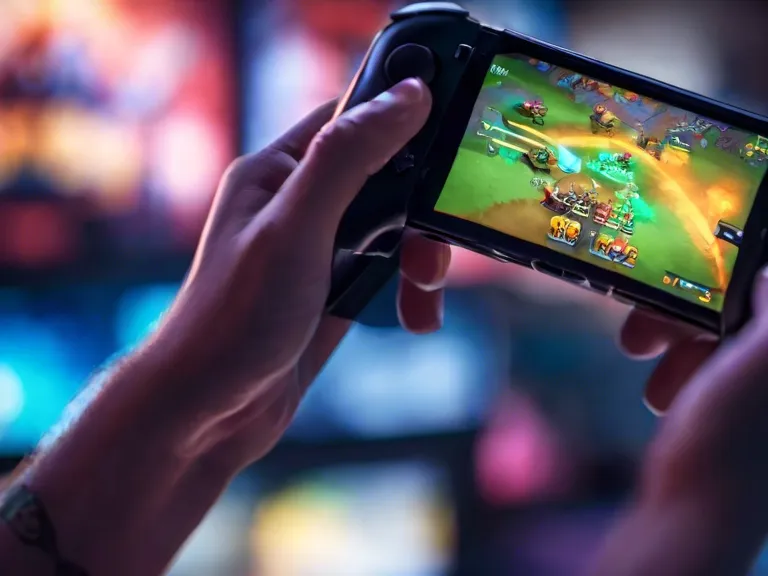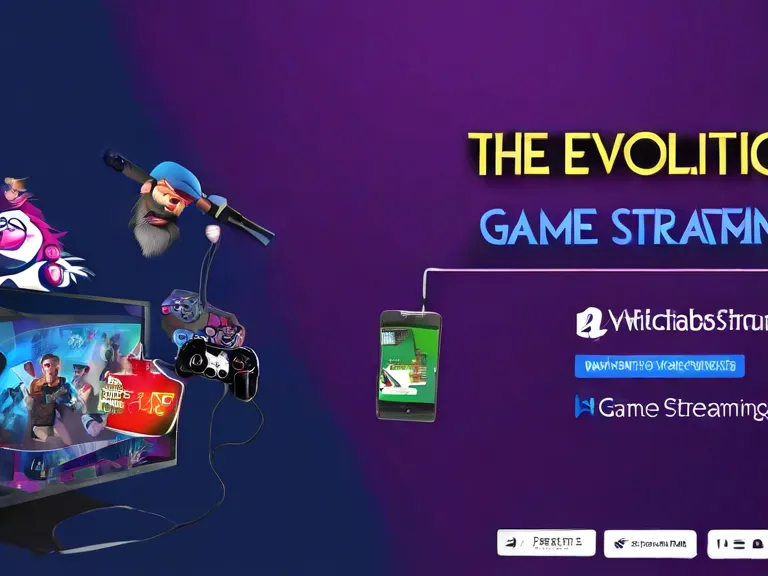
The trend of in-game purchases is revolutionizing the gaming industry and shifting the way players interact with their favorite games. As technology advances and online gaming becomes more prevalent, developers are looking for new ways to monetize their games beyond the initial purchase price. In-game purchases, also known as microtransactions, have become a popular model for generating revenue while providing players with additional content and customization options.
One of the key advantages of in-game purchases is the ability for developers to continuously update and expand their games post-launch. This allows for a more dynamic gaming experience as new content, such as maps, characters, and weapons, can be added over time. Players can choose to purchase these items to enhance their gameplay or simply enjoy the new content as it becomes available.
In-game purchases also allow for personalization and customization within games. Players can purchase cosmetic items, such as skins or emotes, to tailor their gaming experience to their preferences. This not only adds a creative element to gameplay but also allows players to stand out and express their individuality within the gaming community.
However, the rise of in-game purchases has also sparked debate within the gaming community. Some players argue that microtransactions can create a pay-to-win environment, where those who spend the most money have a competitive advantage. This can lead to frustration among players who prefer a level playing field based on skill rather than financial investment.
In conclusion, the trend of in-game purchases is shaping the gaming landscape in both positive and negative ways. As developers continue to explore new ways to monetize their games, players can expect to see a greater emphasis on personalized content and ongoing updates. While in-game purchases offer benefits such as customization and post-launch support, it is important for developers to strike a balance that ensures fairness and accessibility for all players.



